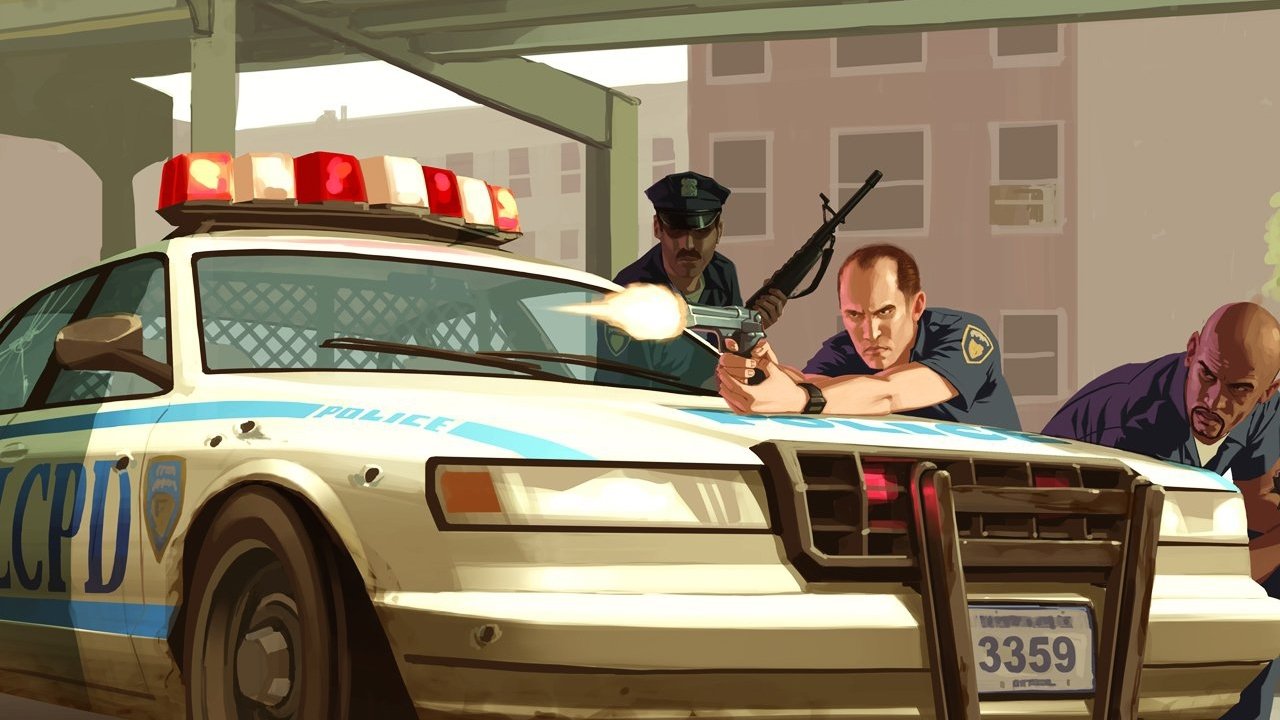There’s a problem with the current model of game production but it’s going to require massive changes that are likely to leave a trail of devastation in their wake. Gamers are now approaching a point in the medium where our choices are dwindling to two extremes; big budget, generic titles churned out with cookie cutter precision, and wildly inventive, low budget indie titles. We are losing the middle ground. There was a time when games could take chances with a decent—but not sizable—production budget, and make a modest profit that was enough to keep studios in operation for the next title that was also not likely to be a blockbuster.
There was a time when a studio did not have to create a “AAA” game to survive, nor did it need “AAA” sales. The studios that are still capable of operating in this portion of the spectrum are dwindling, and in recent years we’ve seen many companies that got their start in the 90s shut down in the current market climate. It’s a strange situation to be in when you see one of the fastest growing industries in the business making more and more money on an annual basis while many of the creators in that industry can’t keep their companies afloat and are either closed down by their publishers, or themselves when they can’t pay the bills.
The biggest culprit here is where the money is going. Even if games are making far more money now than they were ten years ago, they’re also costing much more to make. This is made even worse by the fact that those higher production values are bulked up by even longer production schedules. In 90s, it was considered unusual if a game took three years to produce. Some of the biggest games of today are going on six years and counting with still no release date in sight, such as Final Fantasy Versus XIII and The Last Guardian. There’s also the issue of marketing. Who would have thought that the “children’s entertainment” of the 90s with some low budget commercials would eventually evolve into an industry that was buying ad time on the Superbowl? Or staging fake protests in major urban centers? Or creating elaborate ARGs that spanned the globe and even got coverage from clueless news outlets? There was a time when the release of a high profile game did not automatically mean ads on subways, at bus stops, or even draped across the side of an entire building, but now it’s something we take for granted, and it costs an obscene amount of money to do that just in North America, let alone the rest of the world.
The tragic result of all this is that expectations for the profits a game needs to make are high. Almost unreasonably so. 10 years ago, games that sold a million or more copies were considered mega-hits. Now most games that hit that mark are just starting to break even, if they’re lucky. And the inevitable consequence of the mega-hit is that the safest, most generic choices are being made to ensure the highest possible chance of return on investment. Repeatable formulas are good for business, wild experimentation less so, even though it’s necessary for art.
I’m not saying I think the gaming industry is headed for another disastrous crash like the one precipitated by Atari in the 80s. The success of the casual gaming sector alone ensures that can never happen today. But I think the traditional “hardcore gaming model” is going to have to evolve or suffer. Getting to the point where only two or three publishers exist and they are all potentially releasing the same game—a 1st
/3rd
person shooter in a contemporary military setting with a lots of action set-pieces, for example—is going to burn out the audience due to overexposure, driving them right back to those indie and causal developers who can afford to experiment because they don’t have a staff of 300 people to worry about paying and shareholders to answer to. We’ve already seen this with the way the Tony Hawk franchise sequel-ed itself into irrelevance, the way Guitar Hero and its yearly releases eventually led to boredom rather than anticipation. Now, with the contemporary military FPS about as ubiquitous as oxygen, the same thing is inevitable for the current king of the genres.
Developers need to get their budgets, their production methods and their marketing under control. It’s only by bringing costs down, and once again enjoying the ability to succeed without necessarily having to sell 3 million units that we can return to the kind of innovation we saw in the 90s era of gaming. The various developers that have flocked to Kickstarter already understand this. By limiting their ambitions and appealing directly to the audience, some, like Tim Schaefer and Jordan Weisman, have clearly laid out to their crowd sourced “investors” that these games will not have luscious, pre-rendered, CG cut scenes, motion captured animation and scores performed by a philharmonic orchestra. Because of that, the games don’t need to turn a massive profit in order to feed and clothe all the creators involved.
Is it still possible for the bigger publishers and developers to achieve something similar? Can they still survive and produce games people play without taking four years and requiring million and millions of dollars? If they don’t find an answer soon, we’re probably going to see even more studios shut down.




